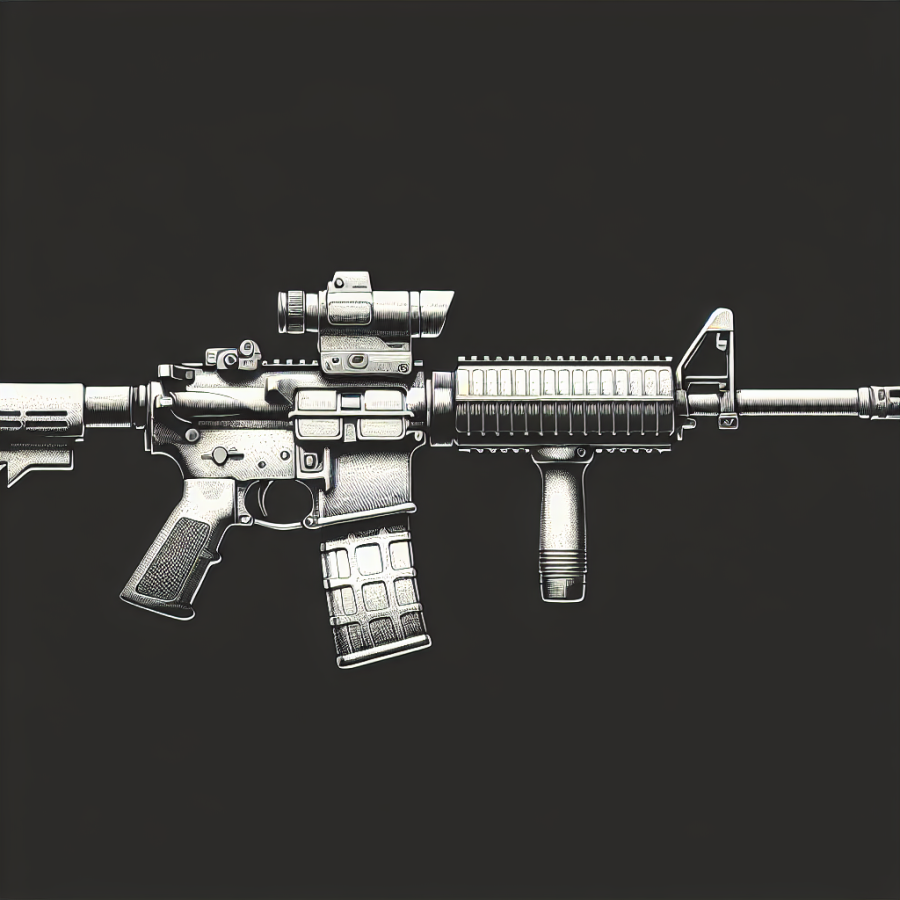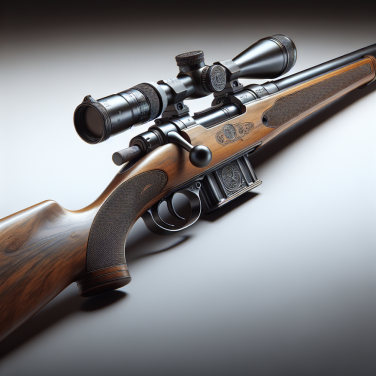Tracing the Historical Progression of Rifle Mechanics and Innovation
The evolution of rifle technology and design represents a remarkable journey through history, shaped by the demands of warfare, hunting, and sport shooting. In tracing the historical progression of rifle mechanics and innovation, one must start with the transformation from crude early hand cannons to the sophisticated firearms of today.
The origins of rifle technology can be traced back to the 15th century with the introduction of the arquebus, which incorporated a matchlock mechanism. This system utilized slow-burning cord, known as match, to ignite the gunpowder and fire the weapon. While this was a significant advancement, the matchlock was cumbersome and difficult to use, particularly in adverse weather conditions.
By the 17th century, the flintlock mechanism had supplanted the matchlock. Flintlocks used a piece of flint to strike a steel frizzen, creating sparks to ignite the gunpowder. This innovation greatly increased the reliability of firearms and remained the standard for over two centuries. During this time, the rifle began to distinguish itself from smoothbore muskets through the incorporation of rifled barrels, which imparted a spin to the projectile, significantly improving accuracy over long distances.
The 19th century marked a period of rapid progression in rifle mechanics, spurred by the Industrial Revolution. The percussion cap system replaced the flintlock, utilizing a small copper cap filled with shock-sensitive explosive material that ignited upon being struck. This development was closely followed by the invention of the breech-loading rifle, which allowed for faster loading and the use of metallic cartridges.
The concept of repeating rifles emerged with the lever-action, which enabled multiple rounds to be fired before needing to reload. This period also saw the introduction of the bolt-action mechanism, which remains a staple in modern rifles. Bolt-action rifles provided a balance of speed, reliability, and accuracy, making them popular among military forces.
Moving into the 20th century, semi-automatic rifles began to take center stage. These firearms harnessed the energy from the fired round to cycle the action and load the next round, allowing for rapid follow-up shots. In the context of military engagements, this led to the development of automatic rifles and subsequently, the assault rifle, capable of selective fire modes including both semi-automatic and fully automatic.
The latter half of the 20th century and into the 21st brought about significant developments in materials and manufacturing techniques.
Read also:
Finding Your Perfect Match: How to Determine Which Golf Ball is Best for You
The Impact of Advancing Materials and Manufacturing on Modern Rifle Capabilities
Advancements in materials science and manufacturing techniques have played a pivotal role in the development and enhancement of modern rifle capabilities. As the technology that underpins rifle design evolves, so too do the potential uses and effectiveness of these firearms, both in military and civilian contexts.
One of the most significant advances in the field of materials technology pertaining to rifles is the use of high-strength, lightweight composites. For instance, carbon fiber-reinforced polymers are now widely employed in rifle stocks, offering the dual benefits of reducing the overall weight of the firearm while providing exceptional durability. This not only improves portability for users, especially over long distances, but also enhances the shooter's precision given the reduced fatigue and increased control.
The application of advanced metals like titanium and specialized aluminum alloys has further revolutionized rifle construction. These materials offer strength-to-weight ratios far superior to traditional steel, resulting in barrels, receivers, and other critical components that are lighter, less susceptible to corrosion, and capable of withstanding high temperatures and pressures. The implications of this for military rifles include easier handling, improved accuracy, and enhanced durability in extreme environments.
Manufacturing advancements such as CNC (Computer Numerical Control) machining have allowed for unprecedented precision in rifle component fabrication. Tolerances that were once considered unachievable are now commonplace, resulting in firearms with extremely tight fits and finishes. This precision directly translates into improved accuracy and consistency, which is critical for marksmen and competitive shooters.
Additive manufacturing, or 3D printing, is another area that is pushing the capabilities of rifles forward. This process allows for the creation of components that would be impossible or too expensive to produce with traditional subtractive methods. Features such as complex internal geometries to enhance structural integrity, or customized ergonomic grips tailored to the individual shooter, can now be integrated into rifle designs with ease.
On a related note, the advancement in coatings and surface treatments such as Physical Vapor Deposition (PVD) and Diamond-Like Carbon (DLC) coatings have significantly increased barrel life and reliability. These treatments work by reducing friction and wear, protecting the barrel from the harsh chemical byproducts of fired ammunition. They also contribute to easier cleaning and maintenance, key factors in maintaining firearm longevity and performance.
When discussing the impact of these material and manufacturing advancements on rifles, it is impossible to overlook emerging technologies, such as smart materials and electronic integration that have begun to blur the lines between traditional firearms and the next generation of intelligent weapon systems.




